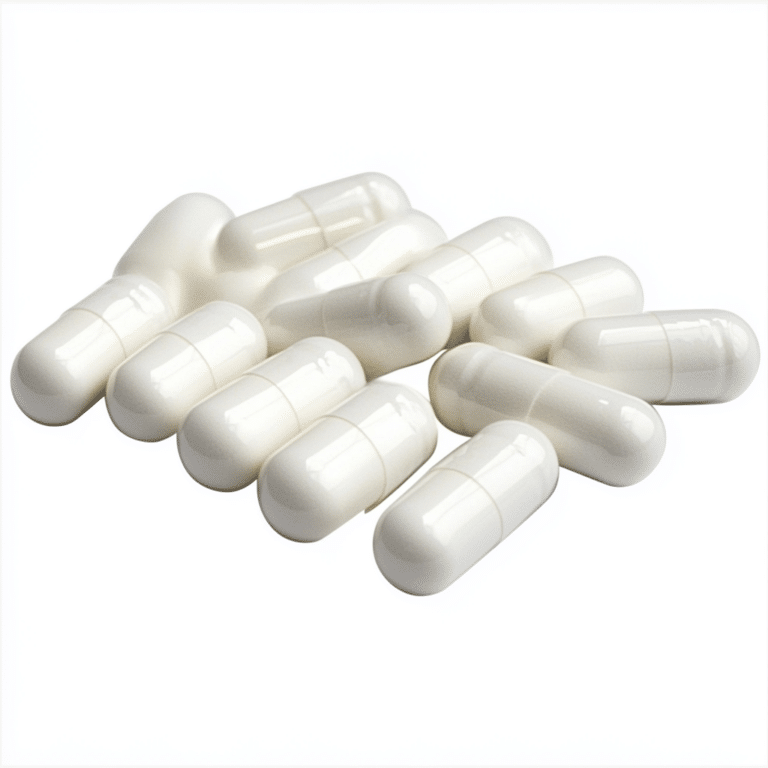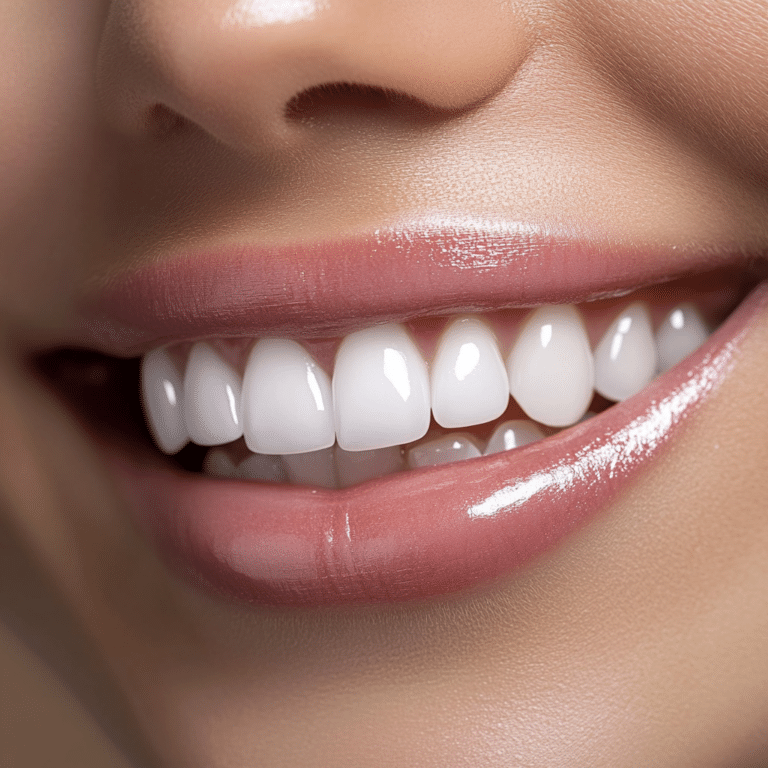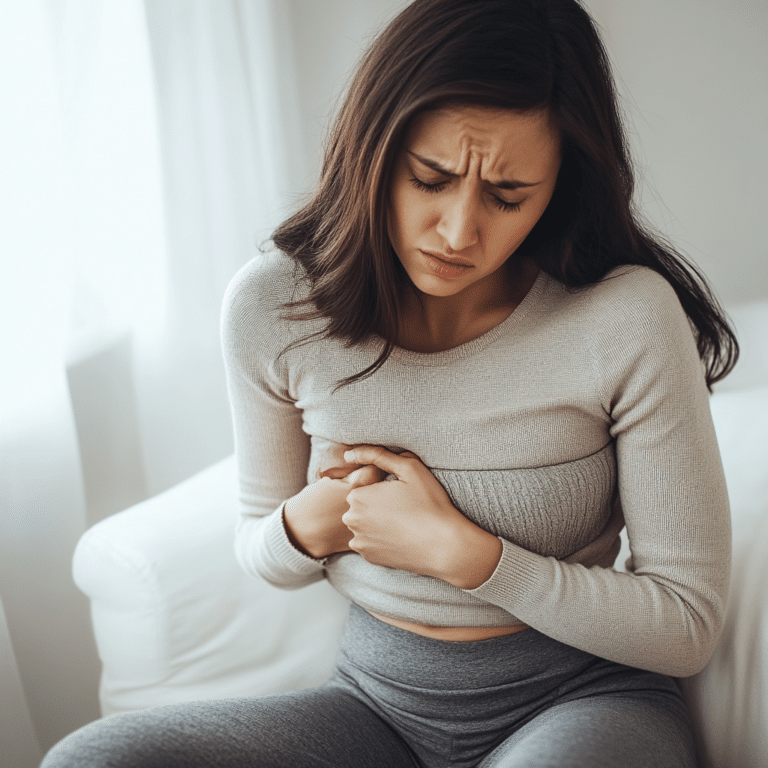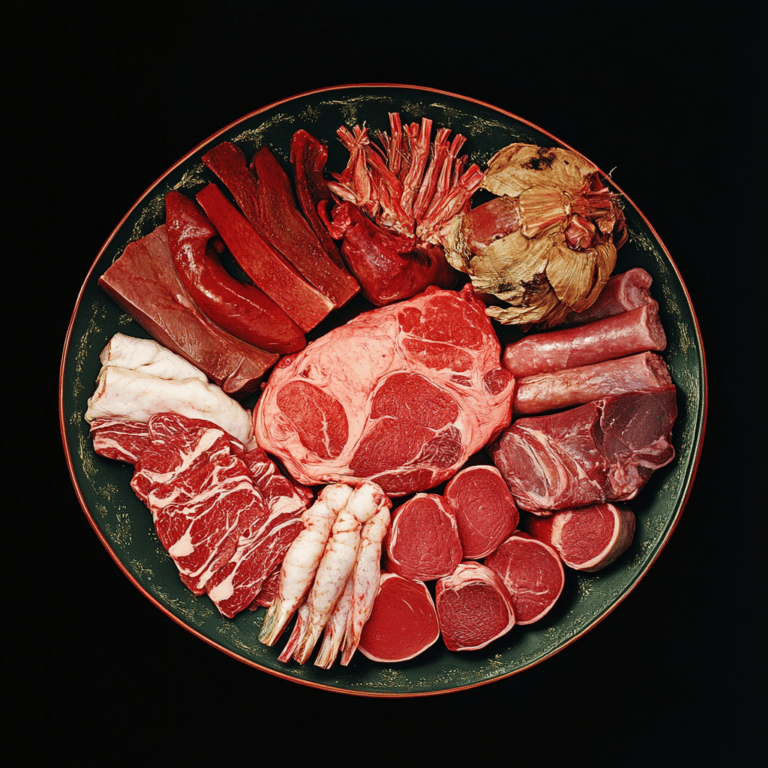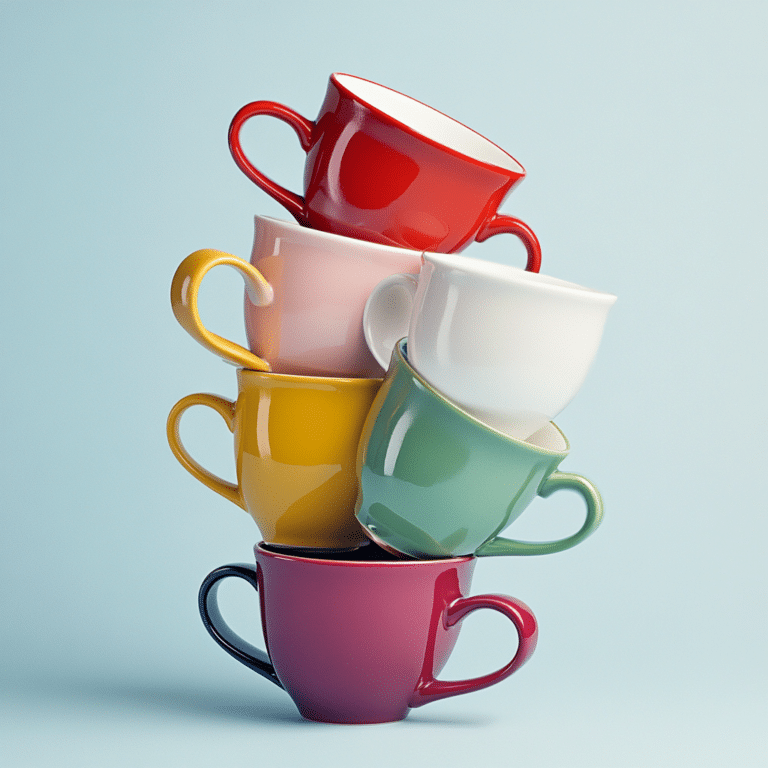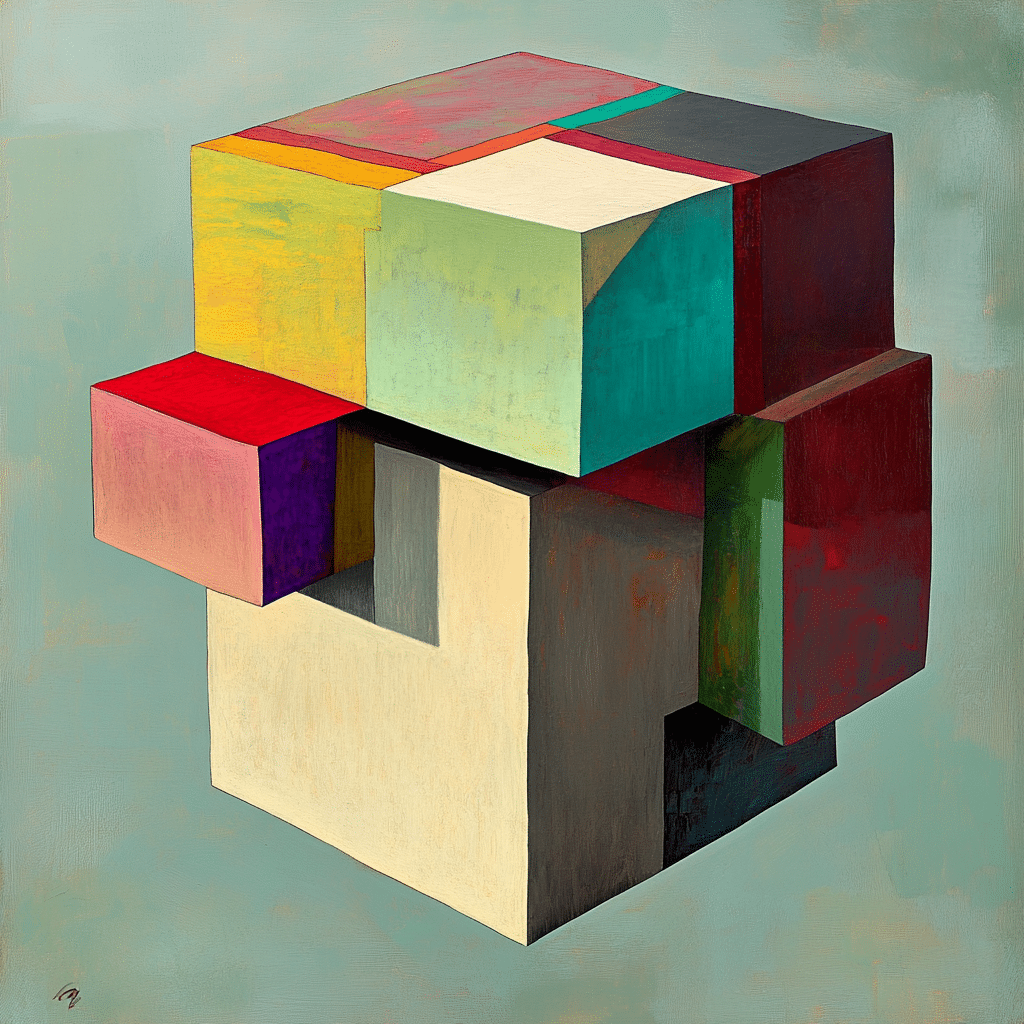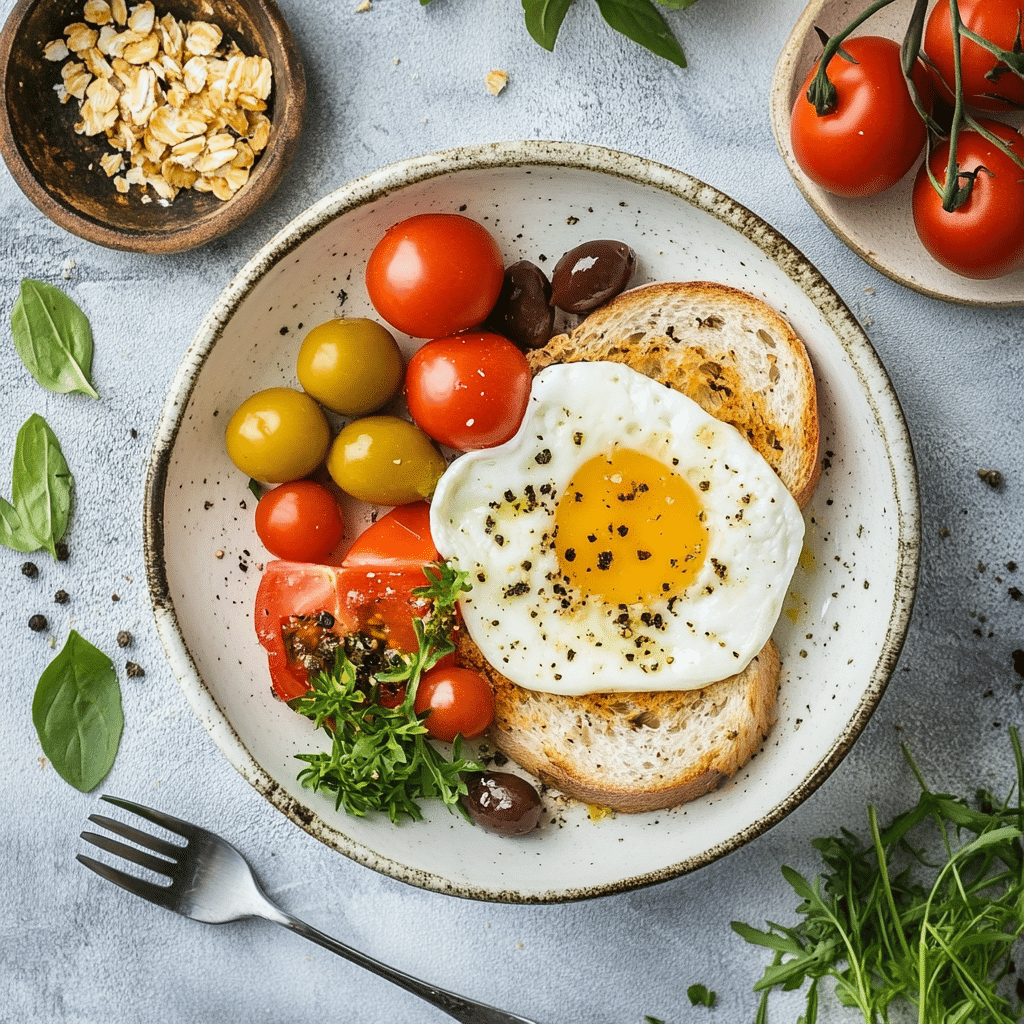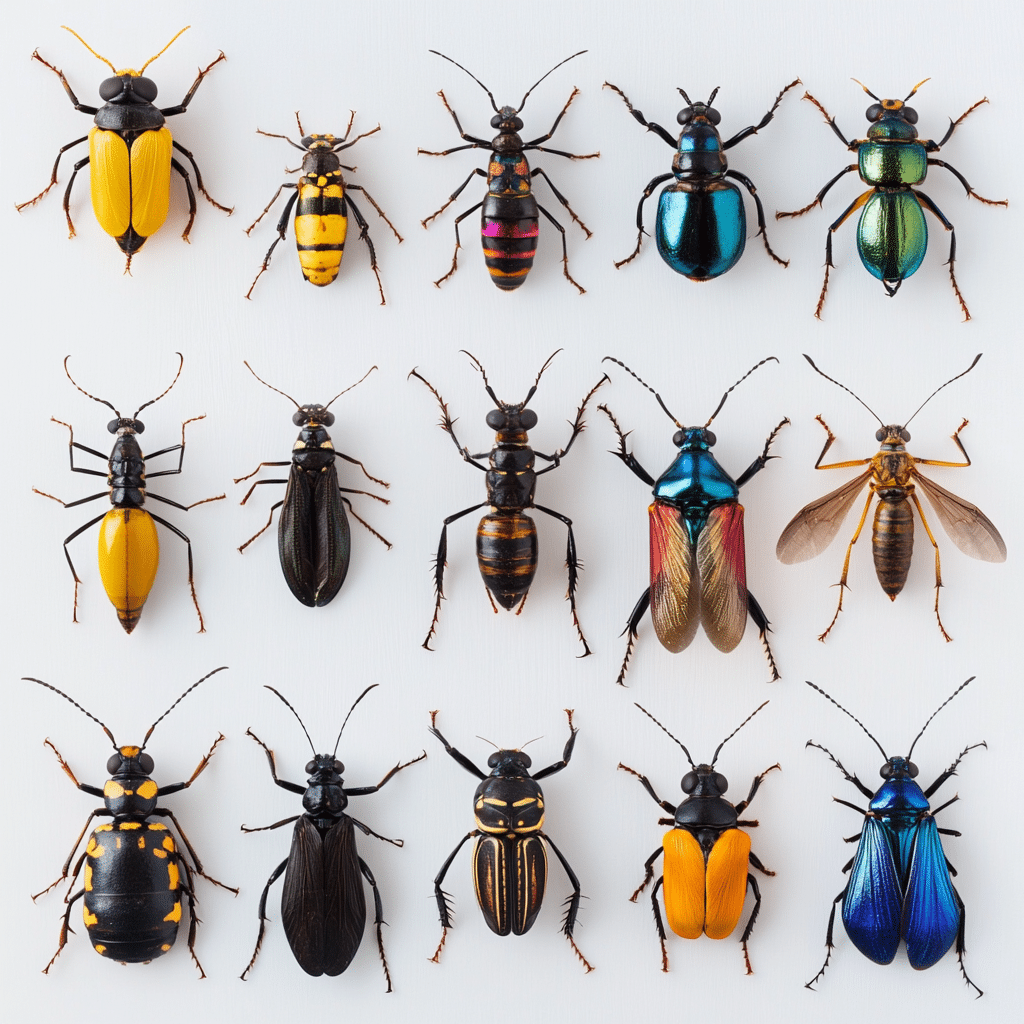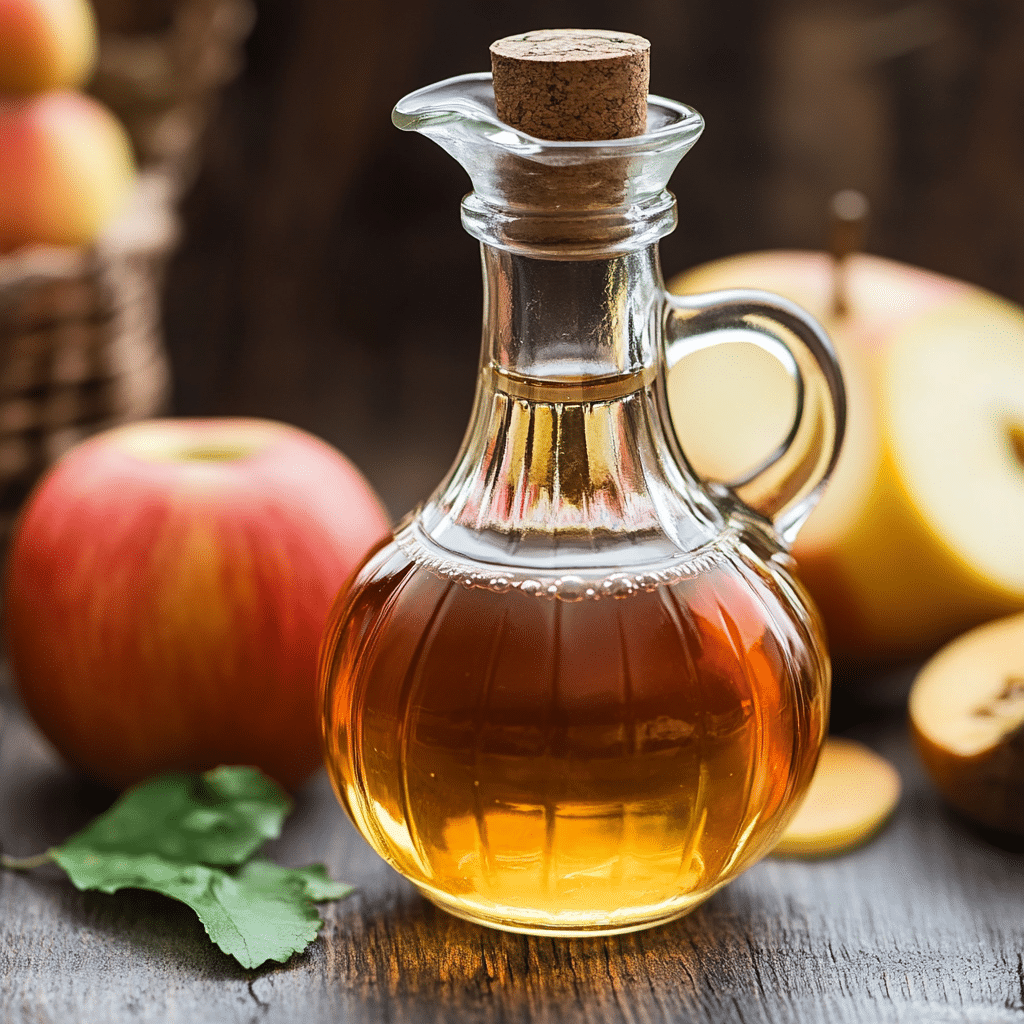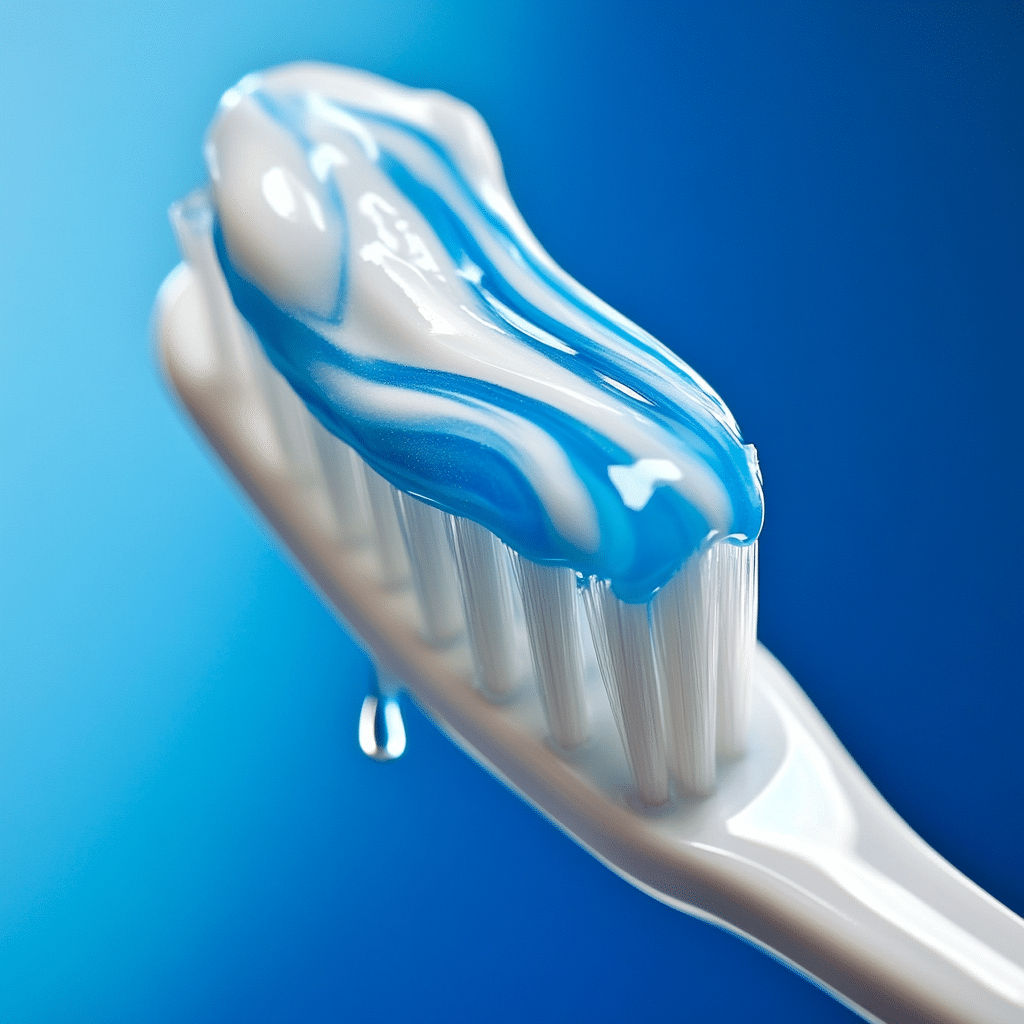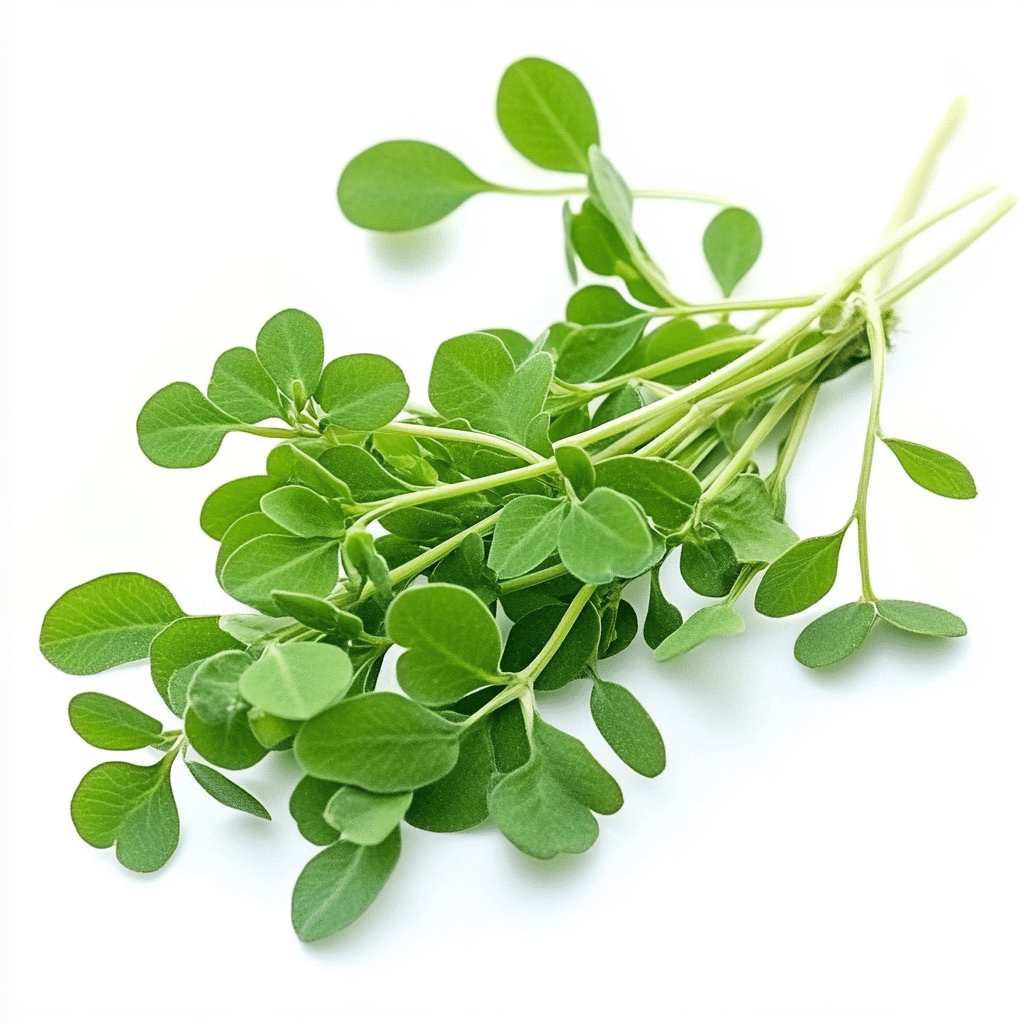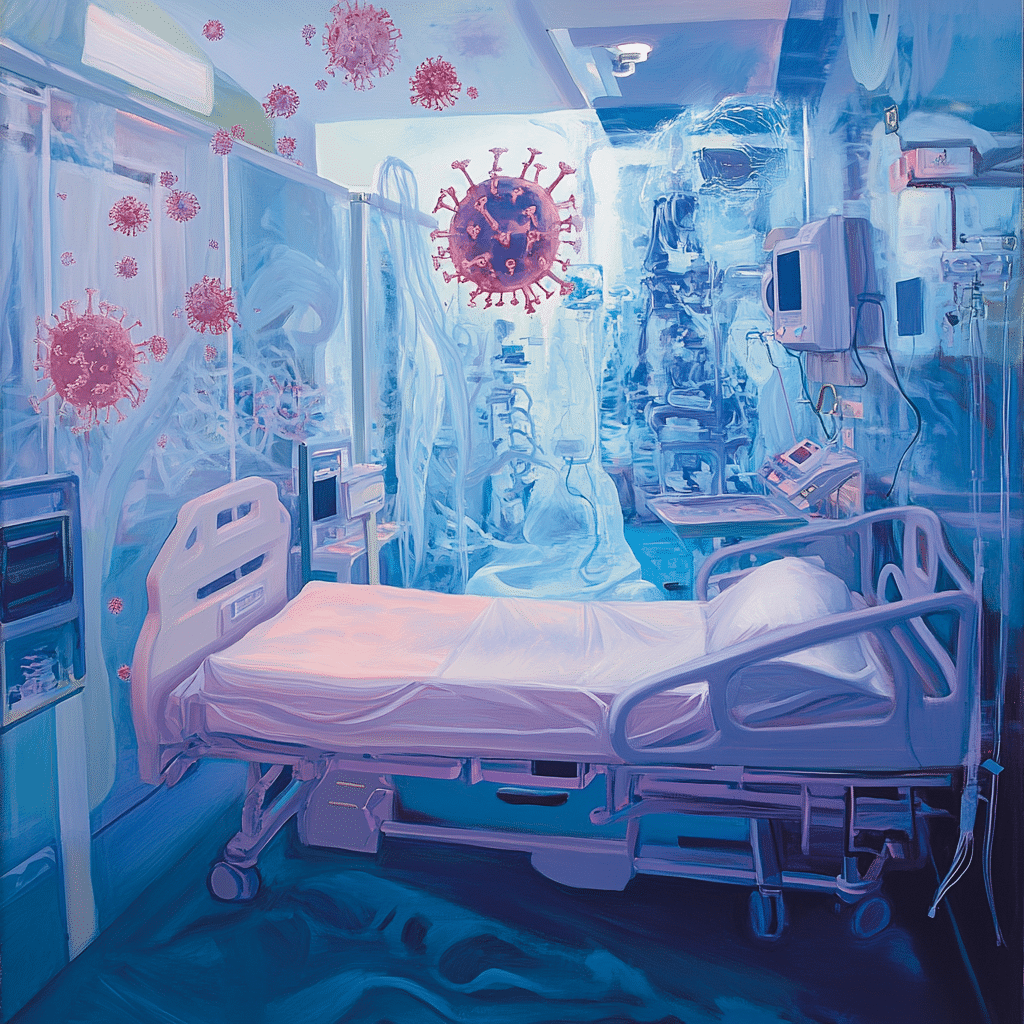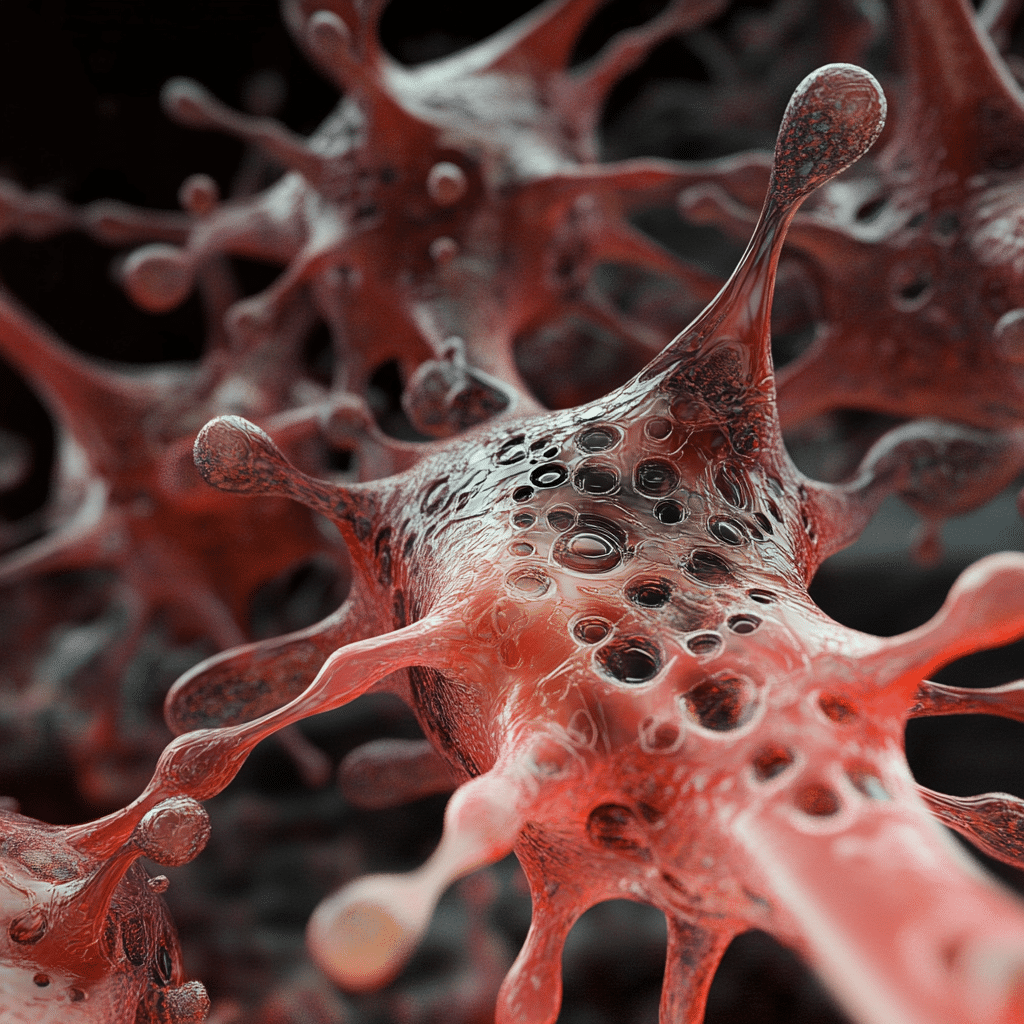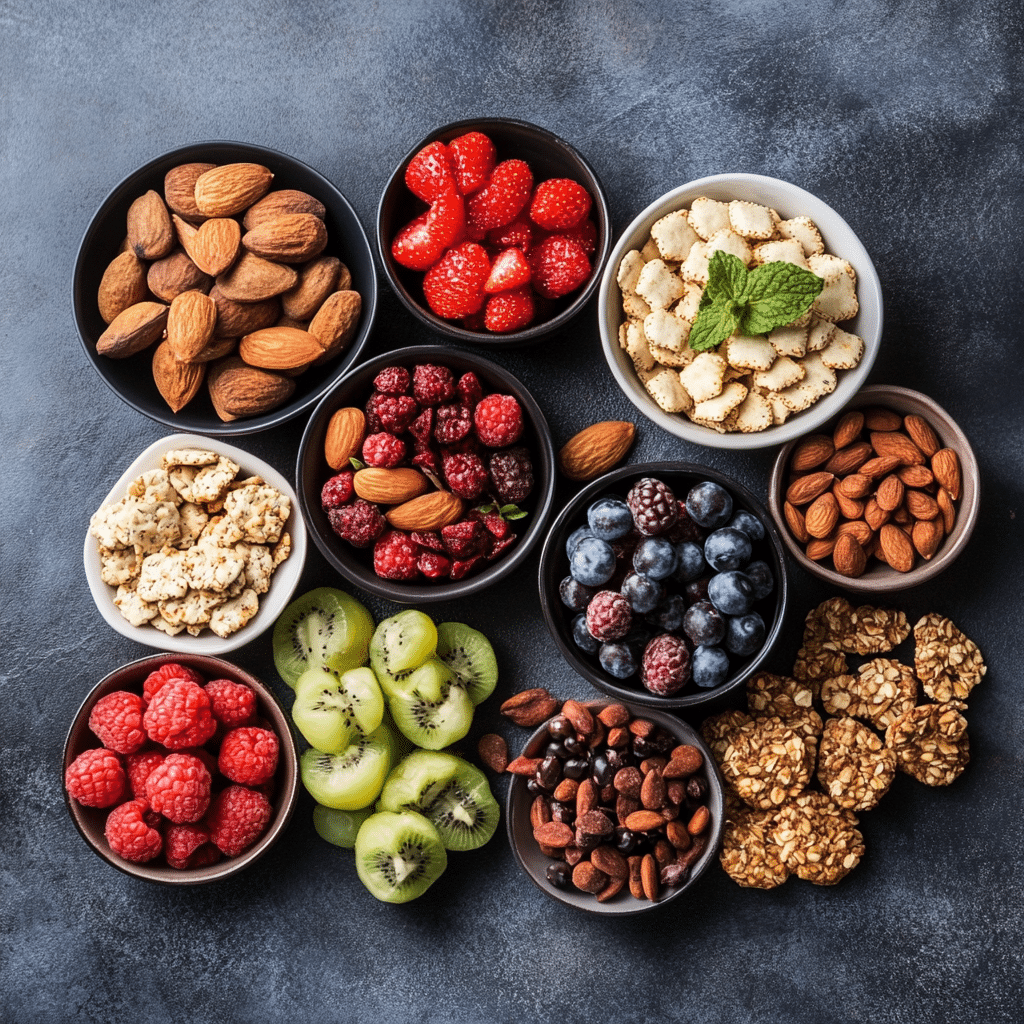When it comes to your body’s incredible design, ovulation cramps are just one of the many mysteries that can leave women scratching their heads. Commonly known as mittelschmerz, these cramps are a totally normal part of a woman’s menstrual cycle. Understanding them can empower you, helping you to track your reproductive health like a champ. So let’s dive in and break down these cramps, keeping it straightforward and inspiring because you deserve to feel great in your own skin!

Top 7 Facts About Ovulation Cramps You Should Know
Ovulation cramps happen when an ovary releases an egg, which is also called ovulation. Picture this: while your egg is getting ready to make its big debut, the surrounding tissue stretches, irritating nearby nerves and causing pain. Hormonal changes prior to ovulation kick things up a notch too, making the uterine lining contract, leading to that familiar discomfort that most women experience.
Don’t let the name fool you; cramping during ovulation can bring a mixed bag of sensations. You might feel a sharp pain on one side of your lower abdomen, mild discomfort radiating down your legs, or even a bit of nausea thrown into the mix. Typically, this pain hangs around for anywhere from a few minutes to a couple of days, with its timing around the midpoint of your menstrual cycle.
Let’s talk about spotting. Light pink or brown spotting can appear during ovulation cramps and is usually nothing to worry about. This can happen due to hormonal changes or even slight shedding of the uterine lining. It’s crucial to differentiate normal ovulatory spotting from abnormal bleeding that could mean other health concerns.
If you’re a woman in your late teens to early thirties, you’re more likely to encounter ovulation cramps. Hormonal imbalances, conditions like endometriosis, or even stress can increase your chances of experiencing these cramps. Knowing this might help you prepare for those days when discomfort sneaks up on you.
While mild cramps are a standard aspect of ovulation, pay attention if you experience severe pain that knocks you off your feet. This could indicate issues like ovarian cysts or pelvic inflammatory disease. If your pain wears on you or comes with other severe symptoms, don’t hesitate to consult a healthcare provider.
Ovulation cramps aren’t the same as menstrual cramps; this is key! Menstrual cramps often come equipped with heavier bleeding and a throbbing pain. On the other hand, cramping during ovulation is usually a more localized pain and often less intense. Understanding these differences can empower you to take charge of your health.
Who says you have to suffer through ovulation cramps? Simple remedies can work wonders. Heat therapy, over-the-counter pain relievers like ibuprofen, and even gentle exercise can relieve discomfort. Don’t underestimate relaxation techniques like yoga and meditation; they can ease both pain and stress.

The Role of Hormones in Ovulation Cramps
Hormones are the heavy hitters when it comes to ovulation cramps. Right before ovulation, estrogen levels spike and then drop post-ovulation. These ups and downs can influence the pain you feel. As estrogen thickens the uterine lining, it also induces contractions that cause discomfort. Recognizing this hormonal dance can help you understand your body better.
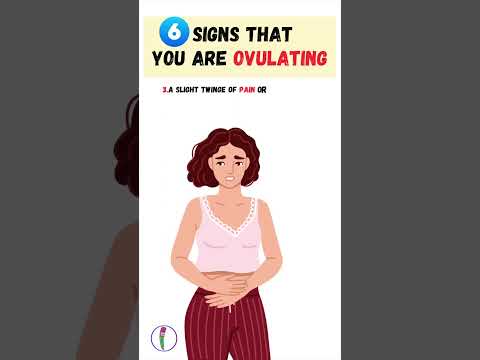
Innovative Perspectives on Managing Ovulation Discomfort
Recent research points toward holisticl approaches to alleviating ovulation cramps. Think about making dietary changes! Incorporating foods like salmon and flaxseeds—rich in Omega-3 fatty acids—can help reduce inflammation. Staying hydrated is equally essential; sipping on herbal teas like ginger or chamomile can offer soothing effects and provide natural relief. Why not embrace these simple changes to make your cycle a smoother journey?

Wrapping it All Up: Embracing Your Cycle
Being aware of ovulation cramps can be transformative for women’s health. Recognizing signs and symptoms allows you to manage your reproductive health actively. By combining medical knowledge with holistic practices, you can tackle the ups and downs of your menstrual cycle, feeling empowered every step of the way. With confidence and clarity, you’re not just surviving—you’re thriving!
Understanding your body is the first step towards feeling your best. Whether you’re adapting your diet or trying relaxation techniques, remember that knowledge leads to empowerment. And hey, when you take charge, you can focus on what really matters, like getting shredded, crushing the gym, and strutting your stuff with that ripped six-pack! So keep pushing forward, ladies—your health is worth it!
By embracing your cycle and understanding things like ovulation cramps, you’re on your way to becoming your best self. Let’s get out there and conquer life!
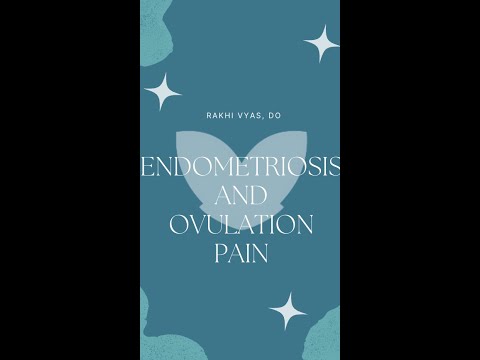
Ovulation Cramps: Fun Trivia & Interesting Facts
What’s That Twinge?
Did you know that ovulation cramps, often referred to as mittelschmerz, can sometimes mimic other conditions? This can lead many women to think they might be experiencing symptoms of something more serious or even misunderstand Signs Of autism in Toddlers, which can appear puzzling at first. Ovulation cramps usually occur midway through the menstrual cycle and can last anywhere from just a few minutes to a couple of days. This little twinge is a friendly reminder of the body’s cycle and fertility process, and perhaps a nod to how beautifully complex female biology really is!
The Science Behind the Pain
Speaking of complexities, ever hear about how magnesium can play a role in easing cramps? Taking supplements like magnesium glycinate versus magnesium citrate can make a difference for some. In fact, some studies suggest that maintaining proper magnesium levels might help alleviate those pesky ovulation cramps, giving women a bit of relief during their fertile window. Just remember, though, that while some discomfort is normal, severe pain shouldn’t be ignored; your body knows the difference, much like sailors navigating port Vs starboard. Understanding your own body can help you distinguish between ovulation cramps and other potential issues.
Cramps and Fun Facts
Interesting fact: many women report feeling more in tune with their bodies while experiencing ovulation cramps. This phase can trigger greater awareness and even inspire playful banter; think about how Stephen A And Lebron tweet about their game-day experiences! Additionally, keep in mind that you’re not alone—it’s a common occurrence; discussions can serve as a support system among friends. Did you know that a healthy lifestyle can also ease cramps? More hydration and proper nutrition can go a long way! While oriologists say these cramps are generally harmless, conditions like aura migraine can lead to further discomfort during ovulation. Remember, if cramps are too intense or last too long, it’s wise to check in with a healthcare professional.
In the fascinating journey through hormonal shifts, these little episodes of ovulation cramps serve as more than just a discomfort; they’re a sign of fertility and natural cyclic processes. Embrace the changes and maybe even chat with friends about these experiences—who thought discussing something so personal could enhance understanding and camaraderie? Plus, it encourages positivity in life’s roller coaster, even during the moments that remind us of the emotional impact tied to The loss Of a mother. Though cramps might be a nuisance, they symbolize a part of life, and that connection is truly something to celebrate!




